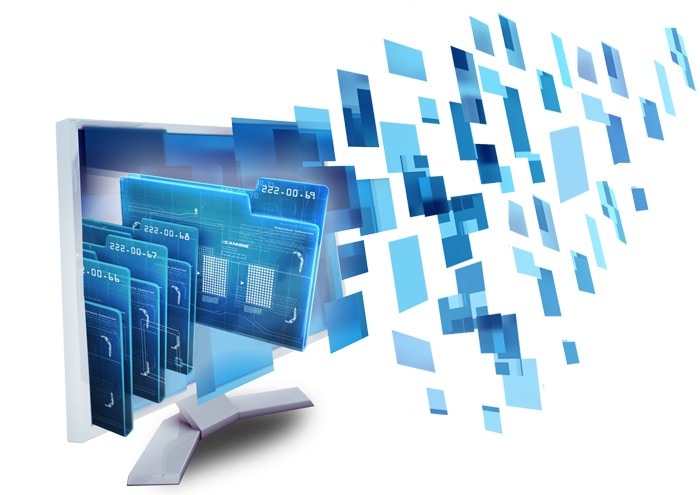How data visualization helps crack down on crime
Seeing the big picture of data is key in driving prevention and intervention
By Pete Snelling, Principal Technical Consultant, SAS
Across the world, law enforcement agencies are making more intensive use of data visualization technologies. In North America, for example, police are increasingly using systems that provide real-time views of locations, layered with crime, traffic, geospatial, weather and other data. As a result, decisions can be based on solid, robust data and resources allocated to guide intervention and crime prevention. Data visualization can make this possible for you too.
The data your agency holds is the key to seeing this big picture and overcoming the challenge of detecting and preventing crime in an increasingly complex criminal environment. But too much data can have an adverse effect. Data is already proliferating and much of it is unstructured (text-based) and therefore hard to manage and exploit.
Visualizing the way forward
Without the ability to visualize the big picture, critical information can go unseen, leading to incorrect decisions or no action at all. This, in turn, can put public safety at risk. Data visualization technology addresses this by providing an end-to-end value chain from accessing the data to visualizing, searching and analyzing it within a single environment.
With visual analytics, tactical and strategic reports can be rapidly created for executive briefings using data taken from a wide variety of sources and delivered in multiple formats including web and mobile-based platforms.
The approach allows you to quickly find answers to key questions within your big data. It also helps you spot trends and interpret visual patterns in data; regularly develop multi-format tactical and strategic reports; and allocate resources effectively to guide prevention and intervention. Visual analytics complements the approach, enabling police to dig deeper into the data, uncover hidden opportunities, identify key relationships and make faster, more accurate decisions.
With visual analytics, tactical and strategic reports can be rapidly created for executive briefings using data taken from a wide variety of sources and delivered in multiple formats including web and mobile-based platforms.
In addition to the straightforward view of the data police have traditionally relied on for investigations, visual analytics helps them see the more complex relationships in the data. . So, it can help your agency understand if there is a correlation between an increase in drug offenses and the way you are deploying officers, for example.
Visual analytics can also be deployed to help police achieve wider benefits for society. For example, motor vehicle crashes cost society an estimated $300 billion each year and in human terms, the cost is much greater. Police can use visual analytics to uncover crash causes; identify accident blackspots etc., so that potentially life-saving changes can be made.
Critically too, visual analytics drives self-service. IT departments may be feeling the squeeze, but visual analytics is intuitive and supports a self-service approach, enabling police to deploy it and use it to create their own visual reports without the help of their IT department.
Momentum building
Data visualization technology can bring benefits to almost everyone within the police force – and benefits extend into the wider community. The more police are able to see the big picture, the higher the likelihood of crime getting solved quickly. Momentum is now building behind the concept. The public increasingly expects this kind of approach. And the shift in focus within agencies from solving crime to preventing it from happening is helping drive it.
Police need access to all the latest visual analytics in order to guide intervention and drive crime prevention. Read more about how you can tap into the benefits.

Read More
Police need access to all the latest visual analytics in order to guide intervention and drive crime prevention. Read more about how you can tap into the benefits.
